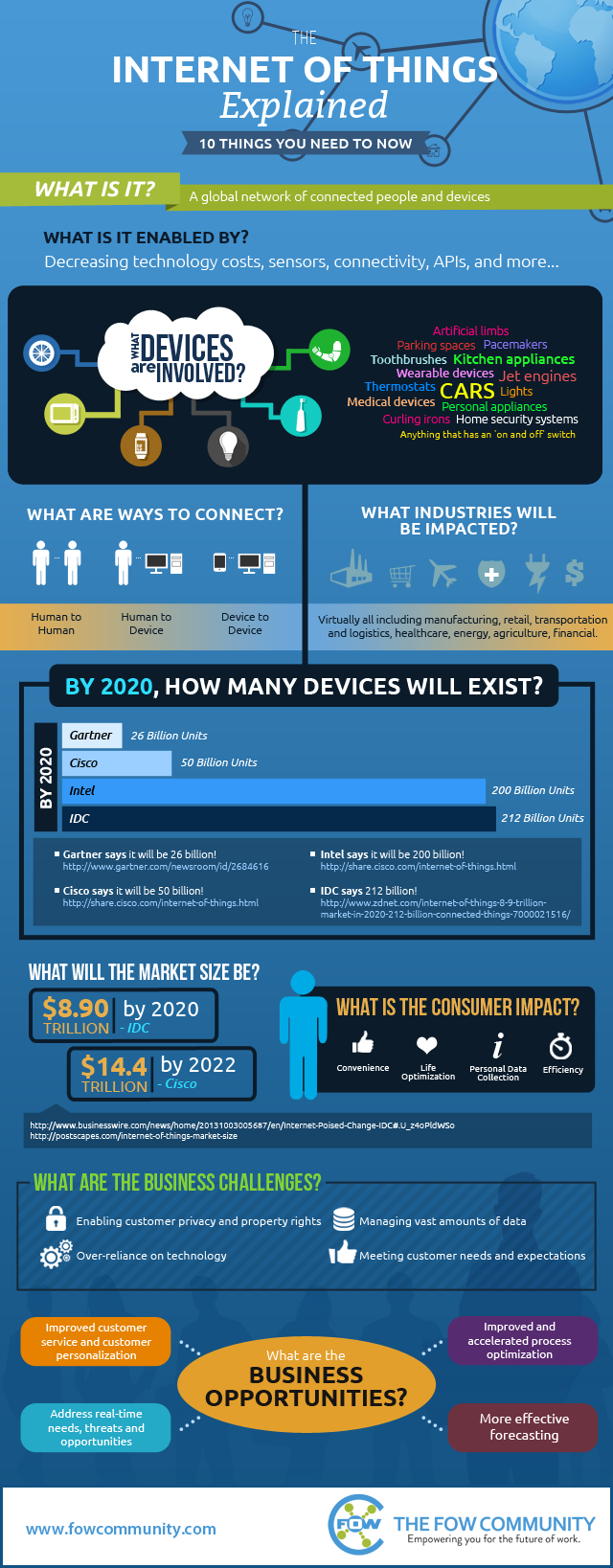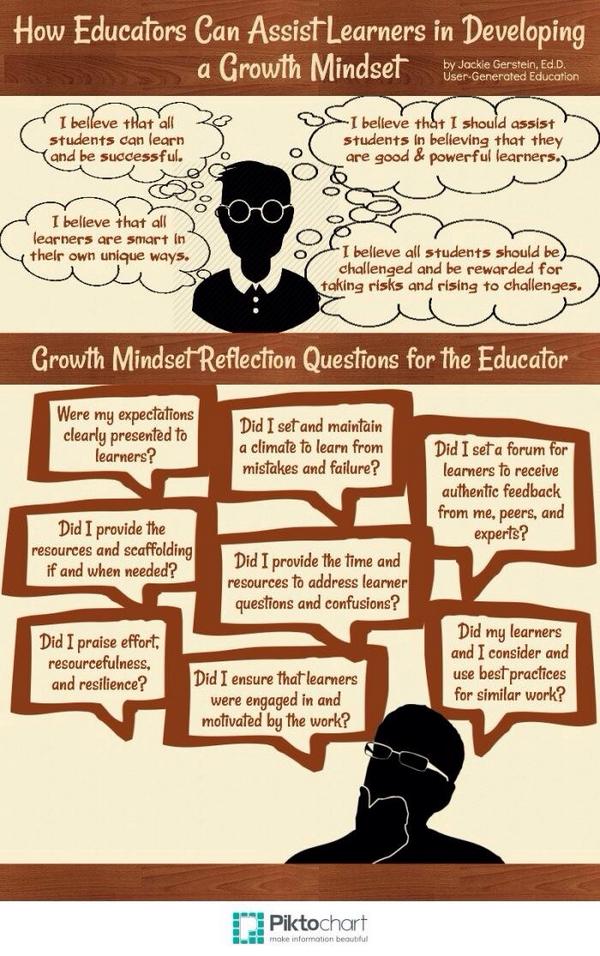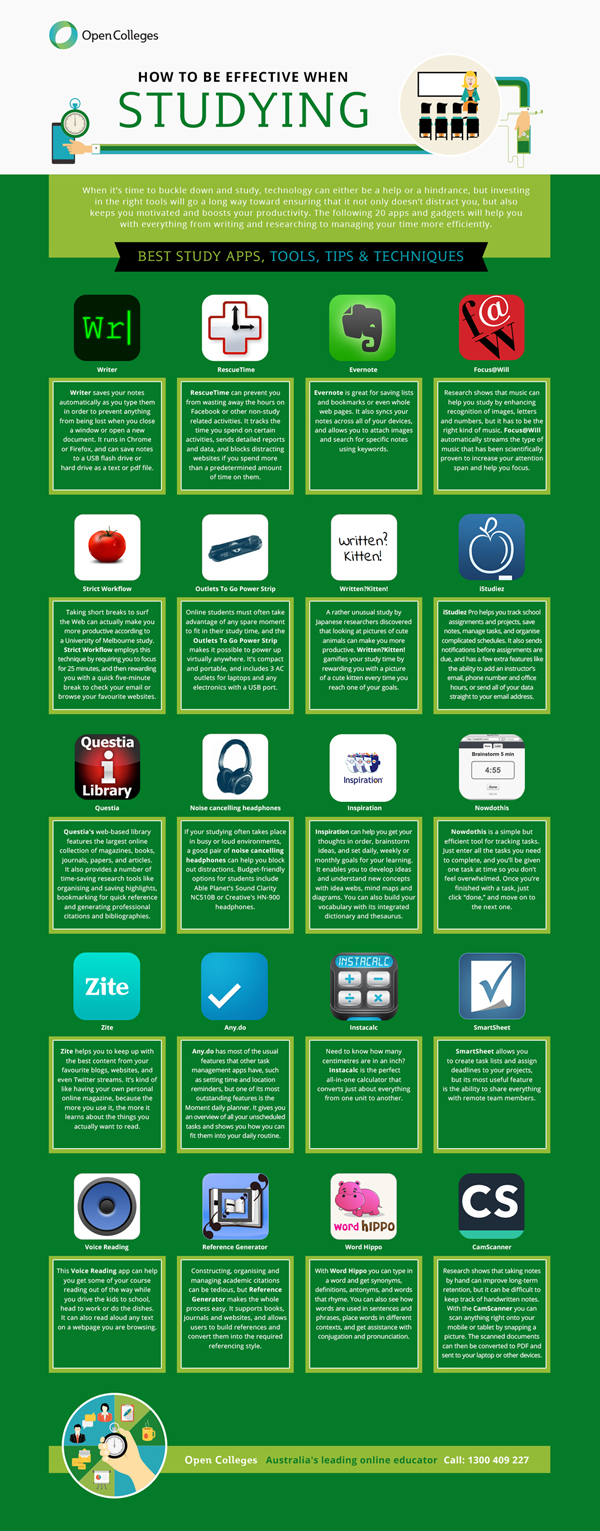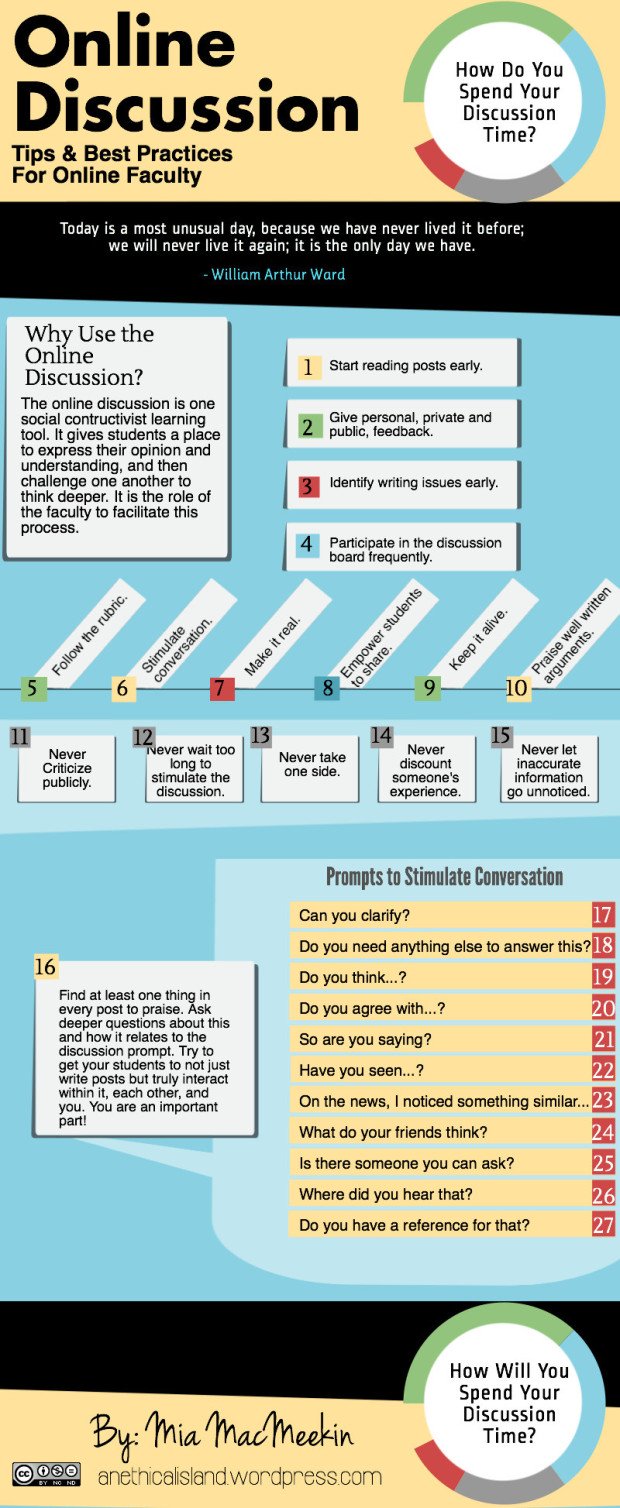MANAGEMENT ADVICE FROM THE CEO WHO SAVED CONTINENTAL AIRLINES
FREE ENTERPRISE STAFF | MARCH 10, 2015
Gordon Bethune is a character. He’s also one of the most accomplished American business leaders of the past few decades.
Now retired, Bethune is credited with resurrecting Continental Airlines, the flagging carrier he led from 1994 to 2004 that has since been acquired by United Airlines. Perennially ranked last among major airlines in customer satisfaction, Continental was losing hundreds of millions of dollars each year and fighting insolvency. Bethune, who was promoted from COO to CEO less than a year after he joined the company, successfully transformed the beleaguered airline into a profitable and respected industry leader.
What did he learn during his decade-long tenure at Continental? We recently had the good fortune to interview Bethune, who talked about his background and the lessons in leadership and management he learned during his time at the airline. Here are seven of those key takeaways, in Bethune’s own words.
1. Treating your customers and employees well is the right thing to do—and it’s good for the bottom line.
“I arrived in February of 1994, and Continental was consistently dead last in customer satisfaction metrics. And then, we consistently ranked first. To this day, we have a record for JD Power Awards. We were on Fortune Magazine my last six years for the 100 Best Places to Work in America. We were the most admired airline in the world, according to Fortune. Those are kinds of things that are long-built records. But I didn’t do it. The team did it.
How did we do it? We became America’s most on-time airline. How did we do that? We focused on that every day, and the record still stands. So, it can be done from a dispirited last place. We lost something like $600 million in 1994. In 1995, we made $225 million—with the same people and the same airplanes. So, it wasn’t anything wrong with the employees. It was the management—and it always is.”
2. Don’t forget where you came from.
“I used to be an airplane mechanic—that’s how I started off. And do you know how much faster I could fix an airplane when I wanted to fix it versus when I didn’t want to fix it? That’s where the money is. They don’t teach that at Harvard Business School. But they do teach it when you’re growing up. These are basic things, but I think too many companies forget it.”
3. Make a real effort to get to know your employees.
“I communicated a lot during my time at Continental. I did a voicemail that was 3-5 minutes that basically told everybody what was going on, and what they could expect. The twist was that you could voicemail me back through the phone service, and they could tell me what was on their minds. In any case, it was a secure, frequent, respectful voicemail to employees.
You ever watch a football team when they have a huddle before a play? It’s not just the big shots in the huddle. It’s the team. Everybody’s got to know what we’re doing. That kind of respect for your employees—they notice that.”
4. You can’t outsource employee relations. It’s up to the CEO to create a team atmosphere.
“Your employees and their attitudes are the differentiating competitive edge you have, and I think we utilized that extensively while I was at Continental. You have to gain and earn the trust of your employees. But not only that, you have to make them feel rewarded in order to get your product at a level that it can beat the competition. Everybody’s looking for better fuel burn and all these accounting tricks you can do, and all the cost savings you can do. But having employees that want to do a good job is invaluable.
“WE LOST SOMETHING LIKE $600 MILLION IN 1994. IN 1995, WE MADE $225 MILLION—WITH THE SAME PEOPLE AND THE SAME AIRPLANES. SO, IT WASN’T ANYTHING WRONG WITH THE EMPLOYEES. IT WAS THE MANAGEMENT—AND IT ALWAYS IS.”
When I was at Continental, I would always go to the airport an hour-and-a-half before my flight, and I would visit Continental employees in the crew room or break room or baggage room. It’s the same as going to somebody’s office and thanking them for doing a great job. CEOs don’t normally do that. They try to delegate that to their HR departments, but you can’t. If you want to be the leader, then you have to appreciate and respect your employees. One way to show them that is to get off your ass, go to their office—which might be a cockpit—and say hello and thank you.”
5. If you ask your employees to make sacrifices, then you should make them, too.
“One thing I did that differentiated me was during the holidays. In particular, Thanksgiving and Christmas were tremendously high-stress days because, of course, everyone wants to be with their families and it’s a maximum travel time in America. I would go out to the airport and work on those days—I would load bags, do work behind the counter, greet customers. I’d make an effort to tell them when I was out there that I appreciated them working on Thanksgiving, and that I appreciated their work in general.
“WE TRAIL BLAZED THE INTERNATIONAL NON-SMOKING FLIGHTS BY LISTENING TO OUR CUSTOMERS AND LISTENING TO OUR OWN EMPLOYEES. WE MADE A LOT OF MONEY BECAUSE OF IT, TOO.”
You can’t imagine how much goodwill that you earn when your team knows that you’re willing to give up your holiday because you’re asking them to give up theirs. You become a true member of the team then. You’re not the manager. It’s a team. The quarterback doesn’t necessarily enjoy any more prestige than the right tackle, and if you go to the Super Bowl then everybody gets a ring. That’s just the way it works. You can write notes all you want, but it’s better to get off your ass and get out there.”
6. Listen to your customers, even if your competitors aren’t.
“In 1994, the United States had already passed a law that you couldn’t smoke on domestic flights. But we flew in Central and South America and Europe, and those were smoking flights since international flights were exempt. I would have customers complain about smoking and, of course, if you were a working flight attendant, and you worked the back of the plane, it was a different atmosphere—it was cloudy, grey, and smoke-filled. I was on a flight down to Costa Rica, and I walked back there, and I said, ‘We are going to stop this.’ We had the senior VP of international sales writhing on the ground in my office because they were all convinced that we were going to lose our business.
“THE BEST WAY TO DIFFERENTIATE YOUR PRODUCT IS TO BE CONSISTENTLY RELIABLE AND DEPENDABLE.”
And, you know what? We picked up more business doing that than anything we did. We had so many people ditch Alitalia or Air France to fly on us because we were non-smoking. And while it angered some customers, we got more customers because of the rule. We trail blazed the international non-smoking flights by listening to our customers and listening to our own employees. We made a lot of money because of it, too.”
7. Consumers want one thing—and it’s not what you think it is.
“All good airlines are always looking for a way to differentiate their product. But the best way to differentiate your product is to be consistently reliable and dependable. I think people value that the most. They’ll say, ‘Screw the movie, but don’t lose my bag!’ I’ve seen airlines debate crazy things, like whether the flight attendants should wear Kate Spade handbags or another brand. And I said, ‘Who gives a shit?’ Why don’t you give them their bags? That’s what they want!’ ”










